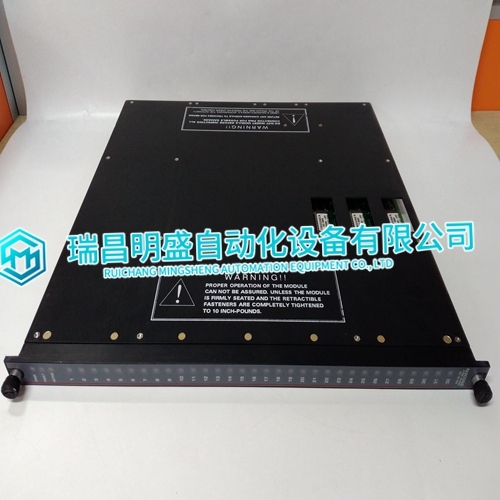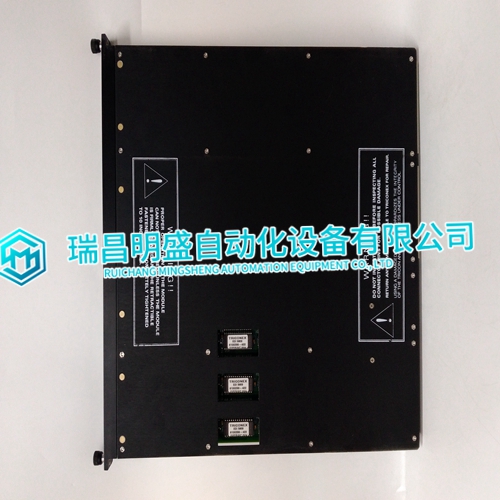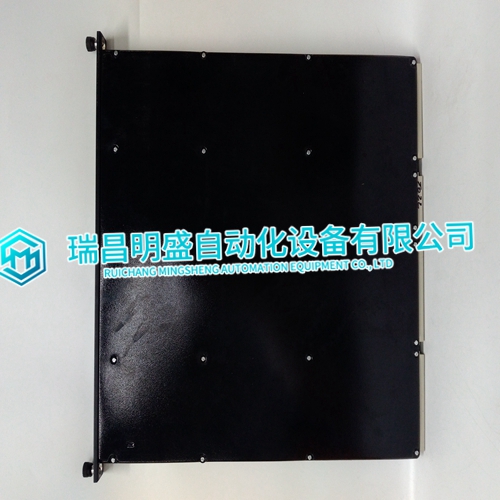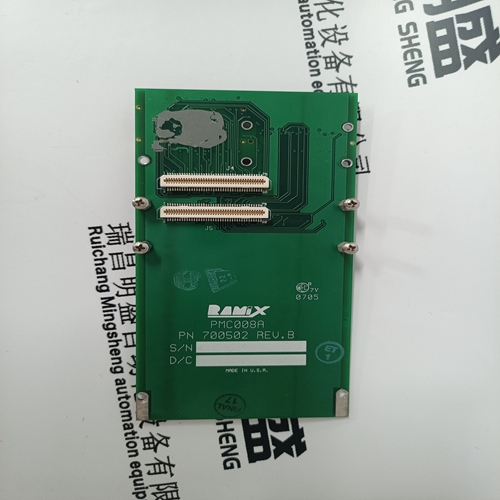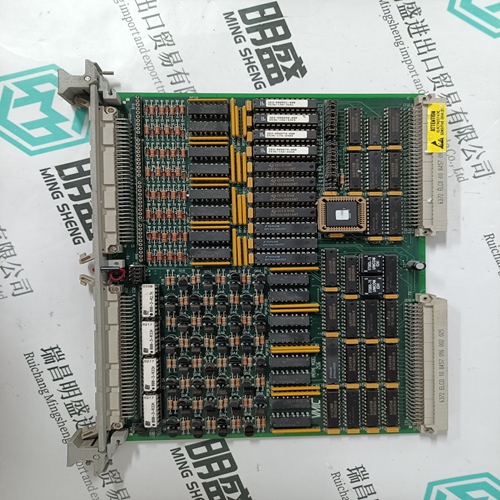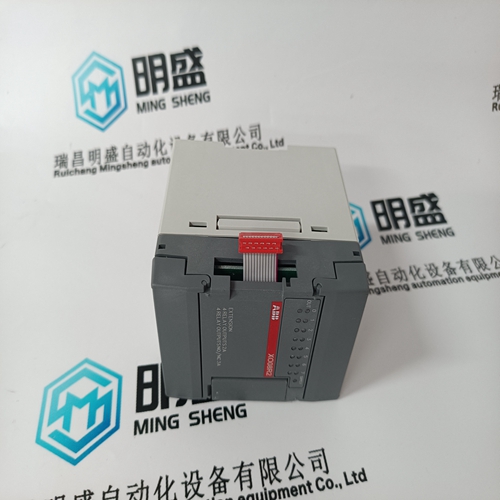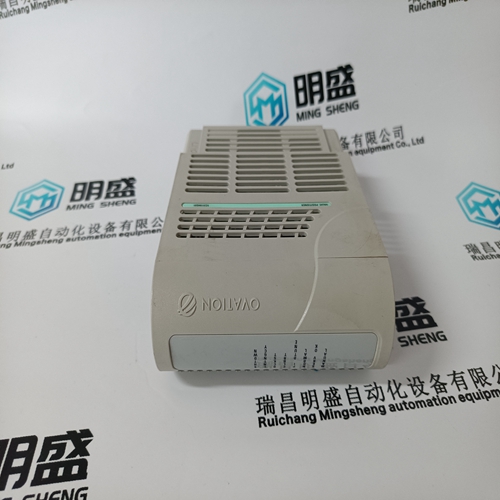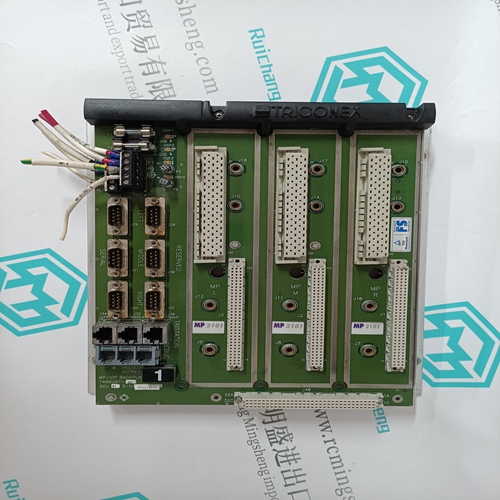Home > Product > DCS control system > TRICONEX 3503EN Analog card
TRICONEX 3503EN Analog card
- Product ID: 3503EN
- Brand: TRICONEX
- Place of origin: The United States
- Goods status: new/used
- Delivery date: stock
- The quality assurance period: 365 days
- Phone/WhatsApp/WeChat:+86 15270269218
- Email:stodcdcs@gmail.com
- Tags:TRICONEX3503ENAnalog card
- Get the latest price:Click to consult
The main products
Spare parts spare parts, the DCS control system of PLC system and the robot system spare parts,Brand advantage: Allen Bradley, BentlyNevada, ABB, Emerson Ovation, Honeywell DCS, Rockwell ICS Triplex, FOXBORO, Schneider PLC, GE Fanuc, Motorola, HIMA, TRICONEX, Prosoft etc. Various kinds of imported industrial parts
Products are widely used in metallurgy, petroleum, glass, aluminum manufacturing, petrochemical industry, coal mine, papermaking, printing, textile printing and dyeing, machinery, electronics, automobile manufacturing, tobacco, plastics machinery, electric power, water conservancy, water treatment/environmental protection, municipal engineering, boiler heating, energy, power transmission and distribution and so on.
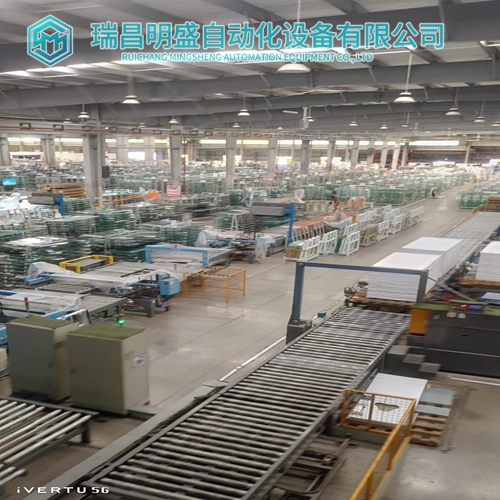
TRICONEX 3503EN Analog card
The VMIVME-7700 provides features useful to embedded applications such as: • I2 C bus support • Remote Ethernet booting • Up to 1 Gbyte of bootable compact flash (optional) • Four general-purpose programmable timers (two 16-bit and two 32-bit) • Software-selectable Watchdog Timer with reset • 32KB Non-volatile SRAM Additionally, the VMIVME-7700 offers a PMC expansion site with front-panel access. The VMIVME-7700 is capable of executing many of today’s embedded OS’s including VxWorks and QNX. The embedded features of the VMIVME-7700 are described in Chapter 3 of this manual. The VMIVME-7700 is suitable for use in a variety of applications, such as: telecommunications, simulation, instrumentation, industrial control, process control and monitoring, factory automation, automated test systems, data acquisition systems and anywhere that the performance processing power in a single VMEbus slot is desired.
The VMIVME-7700 incorporates advanced Intel chipset technology, the 815E. This chipset departs from previous generation devices by utilizing a new Advanced Hub Architecture (AHA). The AHA allows for increased system performance by separating many high-bandwidth I/O accesses (like IDE or USB devices) from PCI accesses, relieving bottlenecks on the PCI bus. Furthermore, the 815E chipset brings new levels of integration to motherboard chipsets and provides additional features (like ATA-100 support) over other chipsets.
Remote/Local Temperature Sensor
The VMIVME-7700 uses the Maxim MAX6657MSA remote/local temperature sensor. The MAX6657MSA is a precise, two-channel digital temperature sensor, that can accurately measure the temperature of its own die and one remote junction. The device reports the temperature in digital form on a two-wire serial interface. The two-wire interface accepts standard System Management Bus (SMBus) commands such as Write Byte, Read Byte, Send Byte and Receive Byte to read the temperature data and program the alarm thresholds and conversion rate. The temperature sensor can function autonomously with a programmable conversion rate, which allows the control of supply current and temperature update rate to match system needs. Remote accuracy is ±1°C between +60°C and +100°C with no calibration needed. The Maxim MAX6657MSA measures temperatures from 0°C to +125°C. The following are some of the many features available: • Dual Channel: Measures remote and local temperature • 11-bit, 0. 125°C resolution • High accuracy ±1°C (max) from +60°C and +100°C (remote) • No calibration required • Programmable under/overtemperature alarms • Programmable conversion rate (0.0625Hz to 16Hz) • SMBus/I2C compatible interface • Two alarm outputs: ALERT and OVERT1
Organization of the Manual
This manual is composed of the following chapters and appendices: Chapter 1 - Installation and Setup describes unpacking, inspection, hardware jumper settings, connector definitions, installation, system setup and operation of the VMIVME-7700. Chapter 2 - Standard Features describes the unit design in terms of the standard PC memory and I/O maps, along with the standard interrupt architecture. Chapter 3 - Embedded PC/RTOS Features describes the unit features that are beyond standard functions. Chapter 4 - Maintenance provides information relative to the care and maintenance of the unit. Appendix A - Connector Pinouts illustrates and defines the connectors included in the unit’s I/O ports. Appendix B - Phoenix BIOS describes the menus and options associated with the Phoenix (system) BIOS. Appendix C - Argon Managed PC Boot BIOS describes the menus and options associated with the Managed PC Boot BIOS. Appendix D - OS and System Driver Software provides details for installing drivers under Windows XP and Windows 2000. Appendix E - Sample C Software provides example code to use with the VMIVME-7700.
